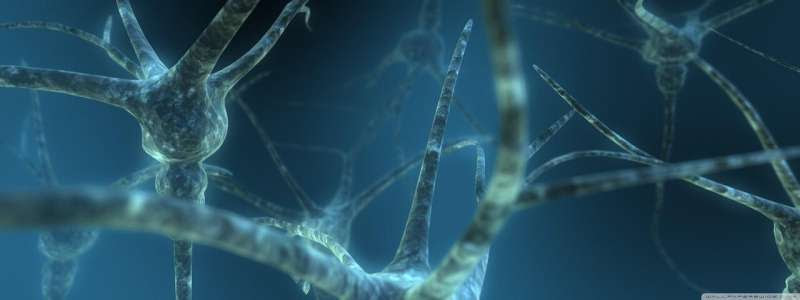by Bob Yirka , Medical Xpress

Credit: Pixabay/CC0 Public Domain
A team of researchers affiliated with several institutions in the U.S. and Denmark has learned more about the role that white matter plays in brain function by comparing thousands of MRI images with genetic data. In their paper published in the journal Science, the group describes their analysis of genetic and neuroimaging data from almost 44,000 individuals. Christopher Filley with the University of Colorado School of Medicine has published a Perspectives piece in the same journal issue outlining issues with the study of white matter in the brain and the work done by the team with this new effort.
Prior research has shown that white matter in the brain serves the purpose of connecting together different gray matter areas. Filley notes that up until recently, most research conducted on the brain has involved studying different parts of the gray matter despite the fact that white matter makes up approximately half of the human brain. Prior research has also shown that white matter at times forms interconnections that come in the form of tracts that connect individual parts of gray matter areas. In this new effort, the researchers set out to learn more about the role white matter plays in brain function in general. To that end, they obtained records of 44,000 people included in the U.K. Biobank—the data included both MRI brain imaging and genetic information—and analyzed them looking for patterns.
The researchers found they were able to identify genetic and structural abnormalities that have been associated with psychiatric and neurological disorders along with some other traits not associated with diseases. And, in focusing on five image-based microstructures in 21 white matter tracts, they were able to identify over 150 parts of the genome that exert an influence on the microstructure of white matter. Also, by narrowing their analyses to 42 loci that have been linked to white matter tract structure, they were able to make 109 new loci associations. The group was also able to isolate genes that are responsible for white matter-related activities in the brain that have been targeted by drugs meant to help patients with disorders such as depression and dementia.

Leave a Reply